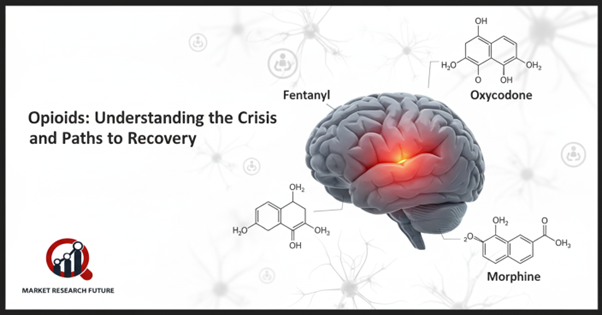Opioids: How Genius Brands Achieve Success

The opioid crisis is becoming a major public health problem that affects millions of people around the world. Opioids can get people dependent on them very rapidly, whether they are prescription painkillers or illegal substances. This can be very bad for their health. To help those who are trying to get better from addiction, it's important to know what causes it, what it does, and what therapies are available.
The opioid crisis has had a big impact on a lot of towns. Painkillers that are prescribed and heroin are becoming too common. A lot of people either know someone who is addicted to drugs or have been addicted themselves.
What Makes Opioids So Dangerous
People with injuries or surgeries use opioids to help with the pain. You can also get them illegally. These drugs give you strong feelings of happiness and well-being. Sadly, this can soon develop into addiction. The body gets used to it over time, which makes it hard to stop. Using it more than once can put your health at considerable risk, perhaps even death.
How Addiction Spreads
Some people get opioids from the underground market, while others get them from real prescriptions. There is a fine line between using drugs for medicinal reasons and being addicted to them. Once you get dependent, leaving is quite hard. Addiction hurts not just the person who is addicted but also their family and community.
Ways to Get Better
With the correct care and help, it is possible to become better. Most approaches use both medical treatments and behavioral techniques.
Behavioral Treatments: Therapy and counseling assist people in understanding their addiction and learn how to deal with it. These methods are important for getting better in the long run.
Drugs like naltrexone stop the effects of opioids and make cravings less strong. Medications like methadone can help with the symptoms of withdrawal. These choices give people a safer way to take back control.
Complementary Approaches: Mindfulness, yoga, and acupuncture are some of the things that can help you get better. They assist people in dealing with stress, boost their mental health, and stick to healthy habits.
The Future
The problem with opioids is still quite serious. Awareness, early intervention, and access to treatment are very important. People who are battling with addiction need help from both their communities and their healthcare providers. There isn't just one answer, but combining medical care, therapy, and changes to your daily life can really help.
Opioid addiction is hard, but there is hope. With the right help and determination, it is possible to become better. To stop this epidemic, we need to educate people, keep an eye on them, and give them kind support.

Leave a Comment